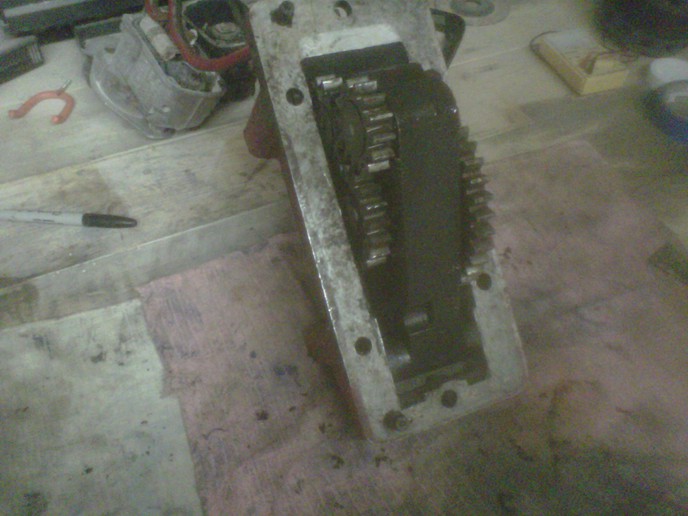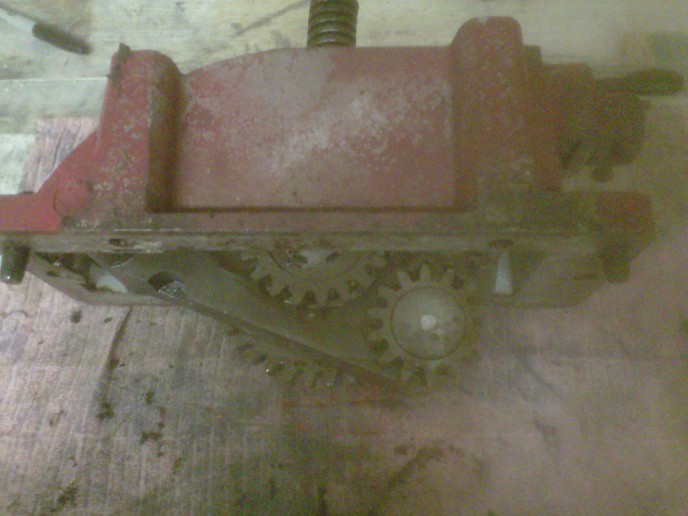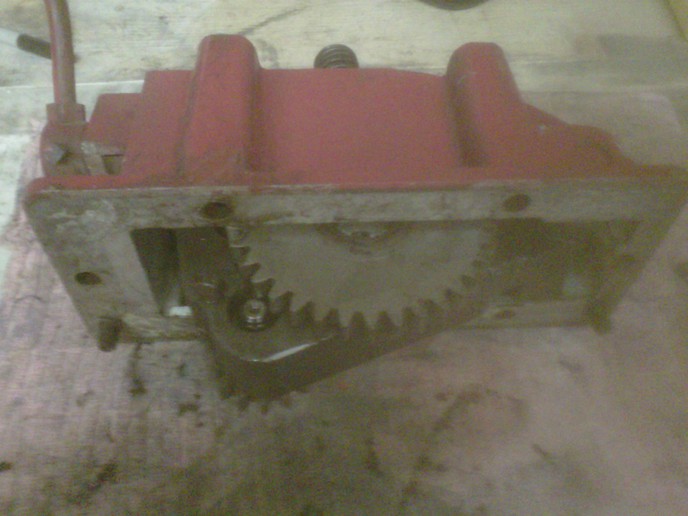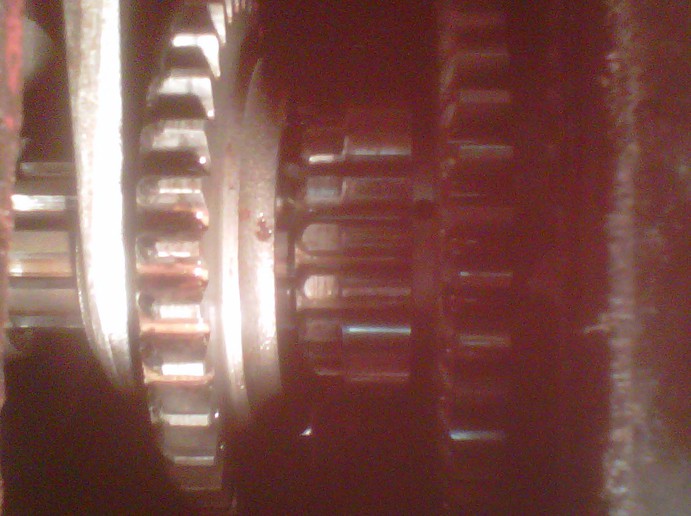Jason the Red
Member
I remembered you wanted to see some pics of my rotary hoe gearbox that mounted in place of the belt pulley attachment. I pulled it off today, so in the process I flipped it upside down and snapped away! I searched all over for a manufacturer, but could find none. One thing that I did find interesting is that the housing is aluminum.
The large gear goes towards the engine and in case it is not obvious in the pictures, the big gear on the side by itself shares a shaft with the biggest gear on the other side.



The large gear goes towards the engine and in case it is not obvious in the pictures, the big gear on the side by itself shares a shaft with the biggest gear on the other side.






